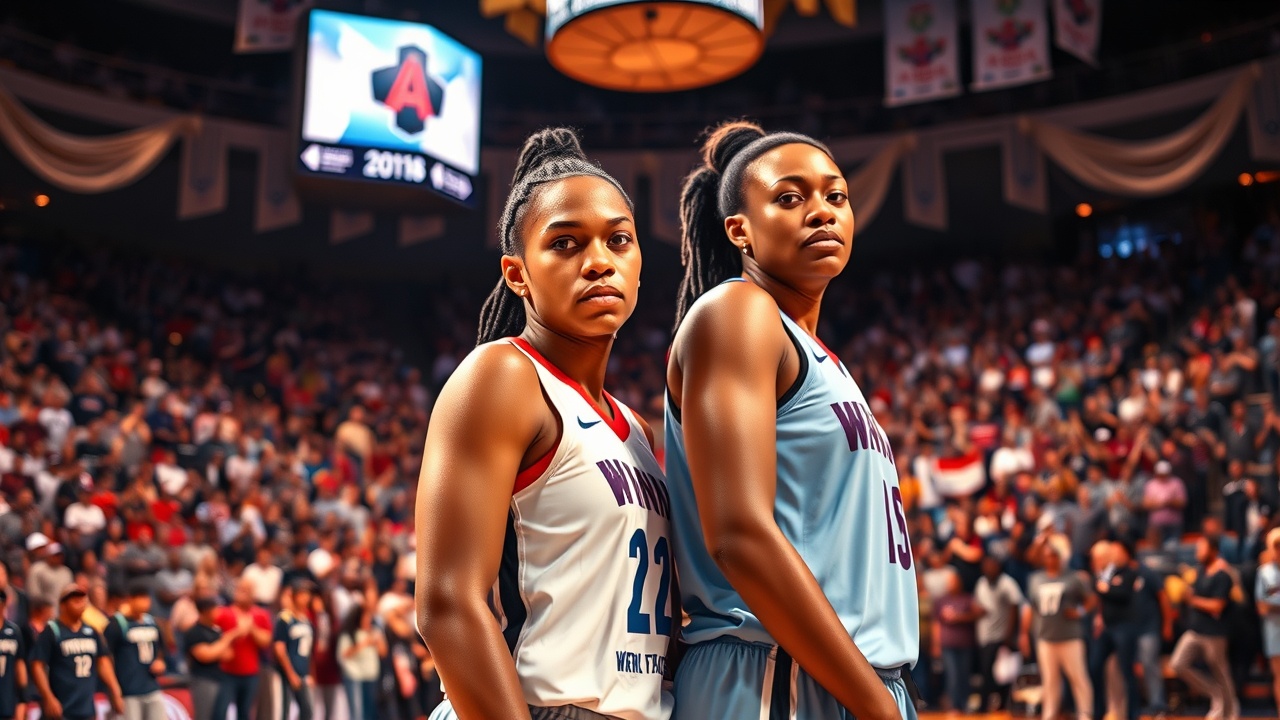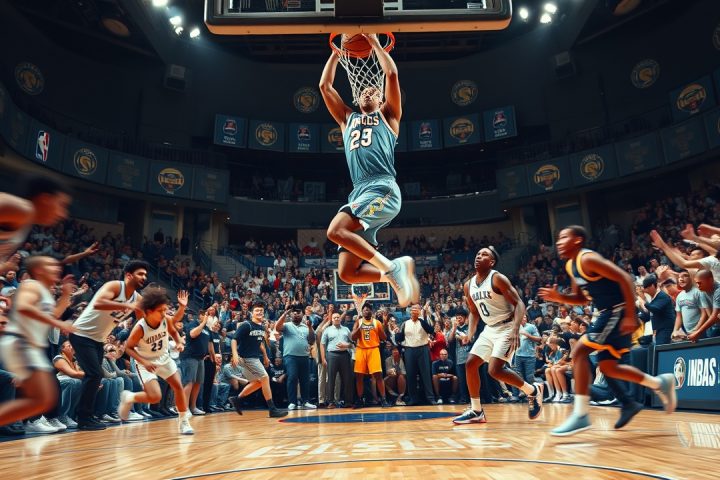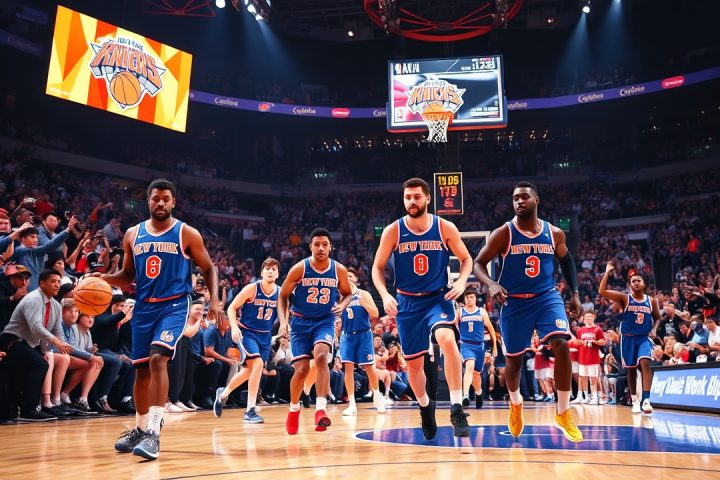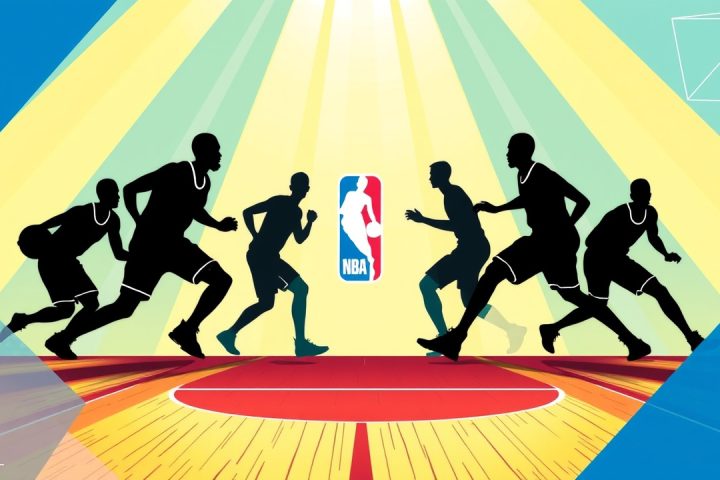WNBA Highlights and Milestones
The previous week in the WNBA was highlighted by impressive individual performances, showcasing the talents of some of the league’s elite players. Notably, Angel Reese achieved a significant milestone as she recorded her first triple-double, leading the Sky to a 78-66 victory against the Sun.
Additionally, this past week witnessed an explosive scoring display, with eight players reaching the 30-point mark in their games. The standout players included:
- Rickea Jackson (30)
- Allisha Gray (32)
- Caitlin Clark (32)
- Napheesa Collier (32)
- Jackie Young (34)
- Sabrina Ionescu (34)
- Paige Bueckers (35)
- Rhyne Howard (36)
All making substantial contributions to their teams.
Understanding WNBA Contract Types
As we delve into the thrilling matchups ahead, particularly those critical for the upcoming Commissioner’s Cup Final, it’s essential to understand several contract types circulating in the WNBA amid a wave of injuries and players competing internationally for the EuroBasket qualifiers. This June, teams have engaged in a total of 12 varied contracts, including hardship and rest-of-season (ROS) contracts. These agreements are vital to fantasy league managers and fans alike, particularly when new players take the court after not being part of the initial roster.
Hardship Contracts
Hardship contracts are typically utilized by teams facing injuries that prevent their players from participating for an extended period. Unlike other leagues, the WNBA lacks a formal injured reserve system, compelling teams to ensure they maintain at least ten healthy players available for game selection. When a team is unable to field ten players due to injuries, they can sign a free agent under emergency hardship conditions, allowing them to compete effectively. For example, Aari McDonald was signed to the Indiana Fever on such a basis when key players were sidelined, but once they returned, McDonald was released from her contract.
Standard hardships are employed when teams have two players unavailable for at least three weeks but still have ten players on their roster. In scenarios where salary cap constraints prevent signing new players, the league permits these different hardship contracts. A relevant case is that of Haley Jones, who briefly joined the Phoenix Mercury under a hardship agreement when the team faced player shortages.
Rest-of-Season Contracts
Another significant category is the rest-of-season (ROS) contracts, which have come into play particularly for the Golden State Valkyries, who have had a flurry of roster changes recently due to players departing for the EuroBasket tournament. Since these athletes are momentarily suspended, they do not count against the Valkyries’ active roster limit, enabling the team to sign new players without financial restrictions. These new additions to the Valkyries include veterans like Aerial Powers, as they prepare to bridge the gap until their original players return.
Upcoming Matchups and Implications
Meanwhile, the upcoming schedule promises an interesting mix of matchups, including vital Commissioner’s Cup contests. On Tuesday, June 17, the Atlanta Dream will face off against the New York Liberty. Should the Dream secure a win, they will clinch a spot in the Commissioner’s Cup Final for the first time in franchise history. The Liberty, fresh off a tough loss, aims to bounce back, putting the onus on the Indiana Fever’s performance against the Connecticut Sun to determine their fate.
Additional matchups to keep an eye on include the Las Vegas Aces visiting the Minnesota Lynx. With A’ja Wilson unavailable again due to concussion protocols, the Aces will look to maintain their competitive edge. The Mercury will also face the Liberty while the Fever clash with the Valkyries; both games are pivotal as teams wrestle for playoff positioning amid injuries and strategic adjustments.
As the season progresses, keep track of these evolving scenarios, especially how teams adapt to the shifting player landscape and injury reports as they inch closer to postseason play.




